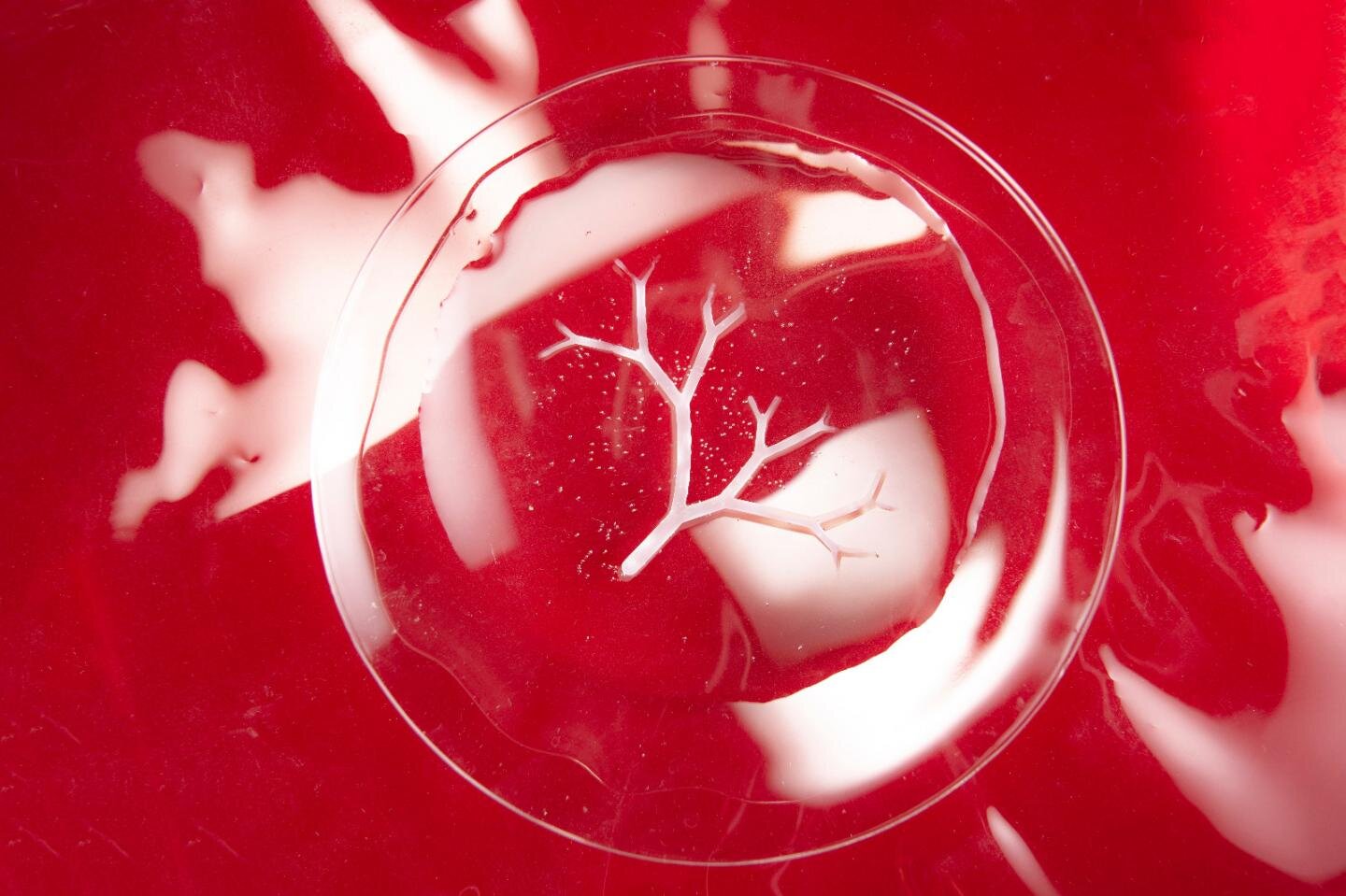Scientists use bacteria as micro-3-D printers
Date: 11.11.2020
A team at Aalto University has used bacteria to produce intricately designed three-dimensional objects made of nanocellulose.
 With their technique, the researchers are able to guide the growth of bacterial colonies through the use of strongly water repellent – superhydrophobic – surfaces. The objects show tremendous potential for medical use, including supporting tissue regeneration or as scaffolds to replace damaged organs.
With their technique, the researchers are able to guide the growth of bacterial colonies through the use of strongly water repellent – superhydrophobic – surfaces. The objects show tremendous potential for medical use, including supporting tissue regeneration or as scaffolds to replace damaged organs.
Unlike fibrous objects made through current 3-D printing methods, the new technique allows fibers, with a diameter a thousand times thinner than a human hair, to be aligned in any orientation, even across layers, and various gradients of thickness and topography, opening up new possibilities for application in tissue regeneration. These kinds of physical characteristics are crucial for support materials in the growth and regeneration of certain types of tissues found in muscles as well as in the brain.
"It's like having billions of tiny 3-D printers that fit inside a bottle," explains Luiz Greca, a doctoral student at Aalto University. "We can think of the bacteria as natural microrobots that take the building blocks provided to them and, with the right input, create complex shapes and structures."























